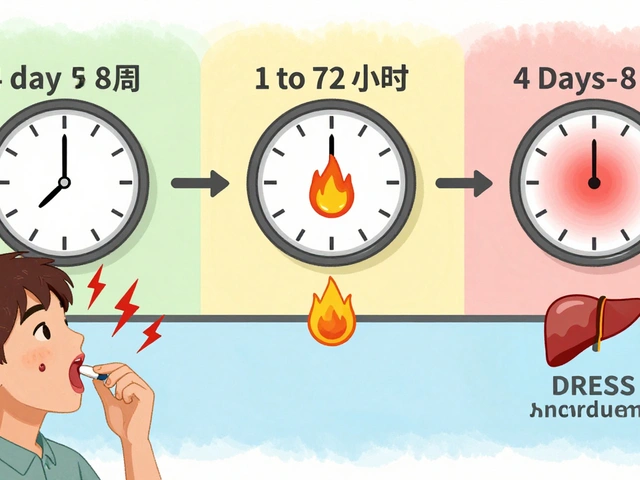Amoxil alternatives: safe options when amoxicillin isn’t right
Need an alternative to Amoxil (amoxicillin)? Whether you’re allergic, facing resistance, or Amoxil isn’t available, there are reliable options — but the right choice depends on the infection, your medical history, and local resistance patterns. Below is a clear, practical guide to common substitutes and what to watch for.
First, a quick reminder: Amoxil is a penicillin-class antibiotic used for ear infections, strep throat, sinusitis, some skin infections, and more. If it can’t be used, doctors pick alternatives that cover the likely bacteria while keeping you safe from side effects and drug interactions.
Common oral alternatives and when they’re used:
- Amoxicillin/clavulanate (Augmentin) — broader coverage for sinusitis and some resistant strains; often chosen for mixed infections.
- Cephalexin (Keflex) or cefuroxime — cephalosporins often work for skin infections and some throat infections. They’re a go-to if you’re not severely allergic to penicillin.
- Azithromycin or clarithromycin — useful for those with penicillin allergy, and for atypical pneumonia. Resistance to macrolides is rising, so they’re not always first choice.
- Doxycycline — covers many respiratory and skin bacteria, plus some unusual organisms. Not for young children or pregnant patients.
- Trimethoprim-sulfamethoxazole (TMP-SMX) — a good option for some skin infections and certain UTIs, but not for all bacterial types.
- Nitrofurantoin — preferred for uncomplicated lower urinary tract infections (bladder infections).
- Fluoroquinolones (e.g., levofloxacin) — very broad, but saved for when others fail because of serious side effects and resistance concerns.
How doctors choose the right substitute
Clinicians consider the infection site (ear, throat, lung, skin, urinary), patient factors (age, pregnancy, kidney or liver disease), allergy history, and local resistance patterns. For serious infections they may order a culture and sensitivity test to find the best drug. If you’ve had a severe penicillin allergy, doctors avoid related drugs and pick different classes instead.
Safety tips when switching antibiotics
Always take the full prescribed course unless your doctor tells you otherwise. Watch for allergic reactions (rash, swelling, trouble breathing) — stop the drug and seek care if these occur. Be aware of common side effects: stomach upset, yeast infections, and, rarely, Clostridioides difficile diarrhea after broad antibiotics. Ask about interactions with other meds and avoid using fluoroquinolones casually because of their risk profile.
If you’re unsure which alternative is right, ask your doctor or pharmacist — especially if you’re pregnant, breastfeeding, or have chronic illness. Safe-Pills.com has detailed guides on specific drugs and buying meds online safely if cost or access is an issue. Use that info to ask better questions and get the right treatment fast.

Top 9 Amoxil Alternatives: Explore Effective Antibiotic Options
This article delves into nine alternatives to Amoxil for the treatment of bacterial infections. Each alternative is examined in detail, highlighting its effectiveness, benefits, and potential drawbacks. Whether you're dealing with minor allergies or seeking alternatives for broader bacterial infection coverage, these options provide patients with different choices based on their specific needs. The comparison aims to aid consumers in making informed decisions about their antibiotic treatments.
View More




